A melting pot of cultures:
Myanmar (also known as Burma) is a country nestled between the Indian subcontinent, South East Asia and the Bay of Bengal. This erstwhile pariah state has been opening up to foreigners and tourists over the last decade, after years of isolation on the international front due rule by the military junta. Although the country is now governed by a democratically elected party, the ever present military still holds sway over most matters.
Myanmar shares borders with India, China and Thailand – and the influence shows on the people’s facial features, local customs, and outfits. Most of the men walk around in longyis (lungis) and the women can be seen with thanaka (a sandalwood type paste) smeared on their faces as a natural cosmetic. It is not uncommon to get scents of Chinese incense as well as Indian paan at most street corners. The biggest influence of Myanmar’s territorial location is probably in the food. Many of the dishes have hints of sweet, sour, savory and the occasional kick of Indian spice. Noodles, rice, thick curry broths, and parathas make up the ingredients of the main staples – definitely a melting pot of flavors.
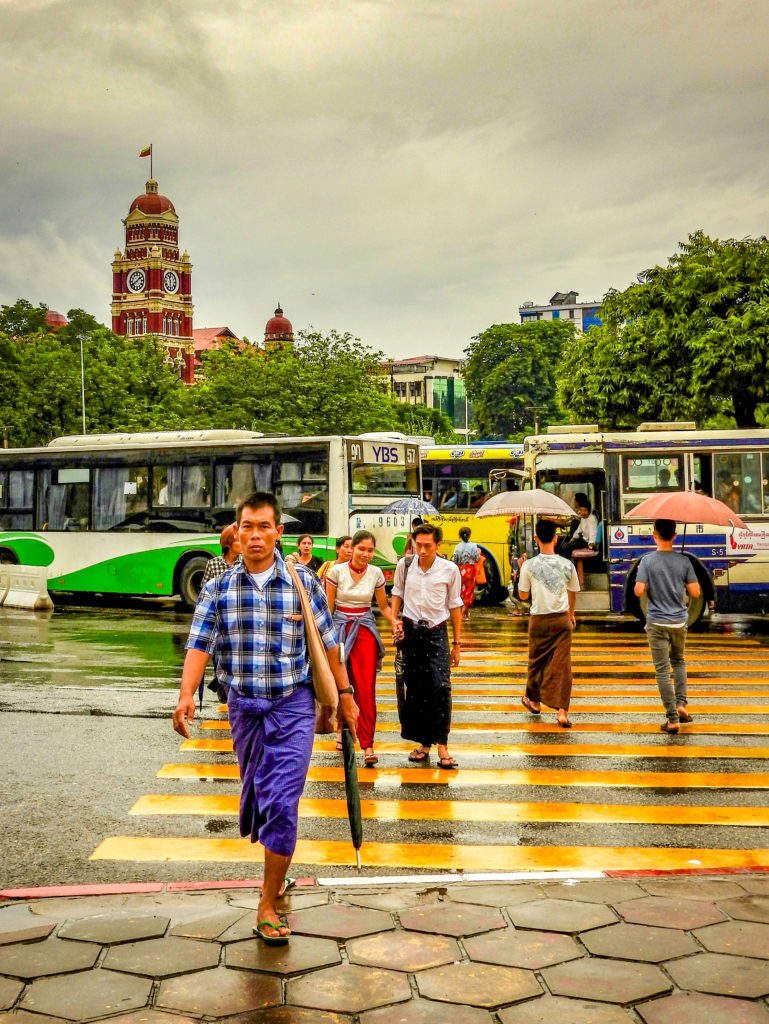
Yangon locals making their way around the city wrapped in their longyis
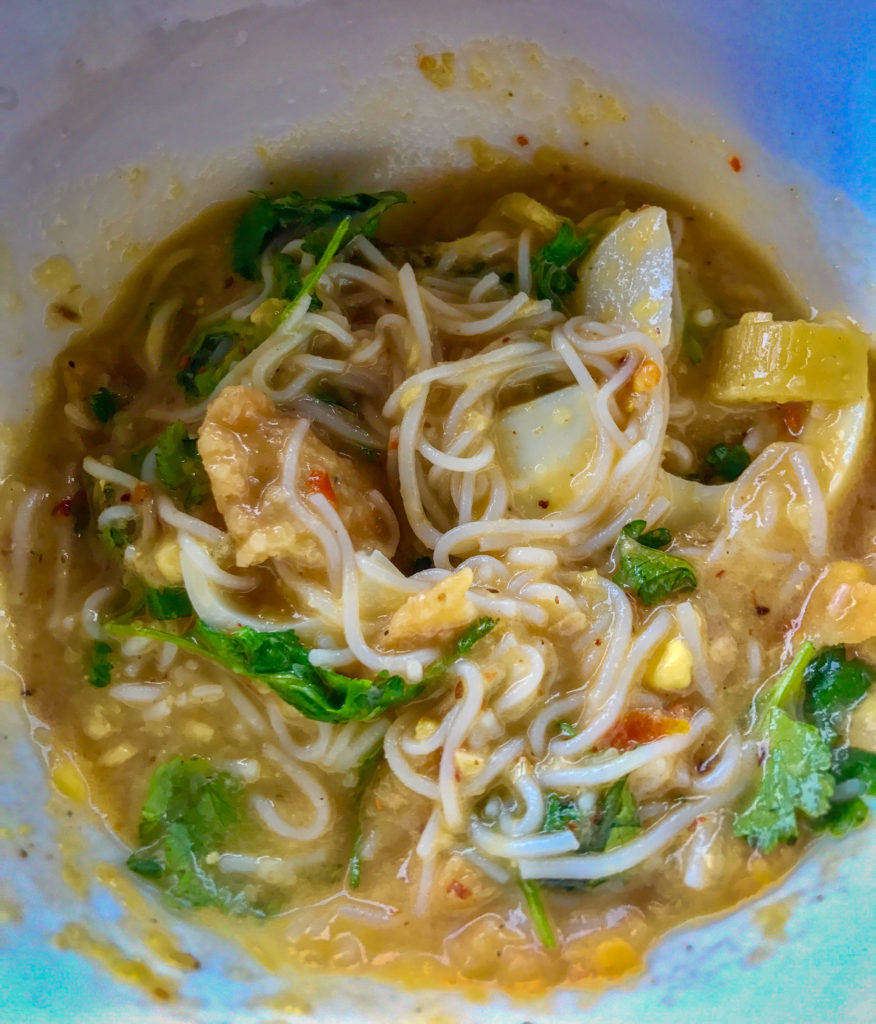
Mohinga, the ‘national dish of Myanmar’ – a thick fish broth based savoury / tangy / crunchy / hearty pick-me-up that is eaten by locals all times of the day
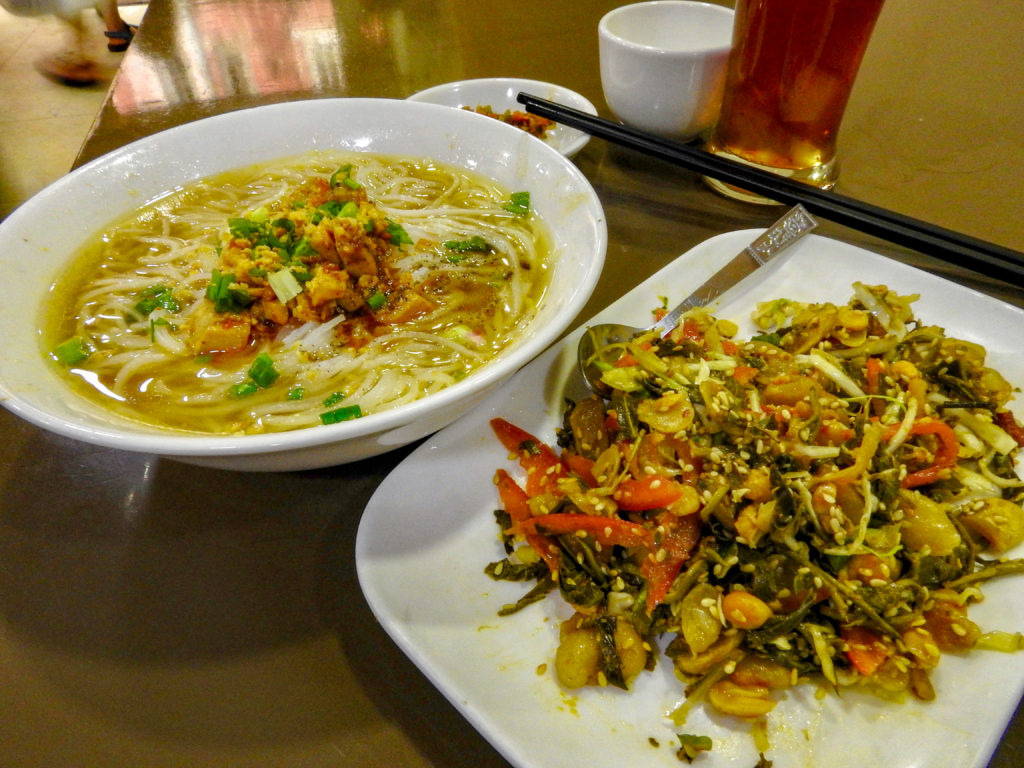
Piping hot Shan noodles & tangy tea leaf salad from 999 Noodle House
Chauktatgyi Buddha statue
Yangon (formerly Rangoon) was the first stop on my Myanmar trip, and after dropping my bags off at the Chatrium hotel promptly headed out to explore this former colonial capital of Burma. My first stop was at the Chauktatgyi temple to see one of the largest reclining Buddha statues in the world. The Chauktatgyi Buddha measures 65m from head to toe, and features Buddha in one of his most striking yet serene poses. The long eyelashes, blue eye shadow, glass eyes and bright red painted nails make for a truly intriguing appearance. 108 figures carved in red and gold on the soles of his feet are meant to capture various characteristics of Buddha. After spending an hour in the peaceful temple admiring the statue and the surrounding shrines, I was ready for lunch and some serious pagoda sightseeing.
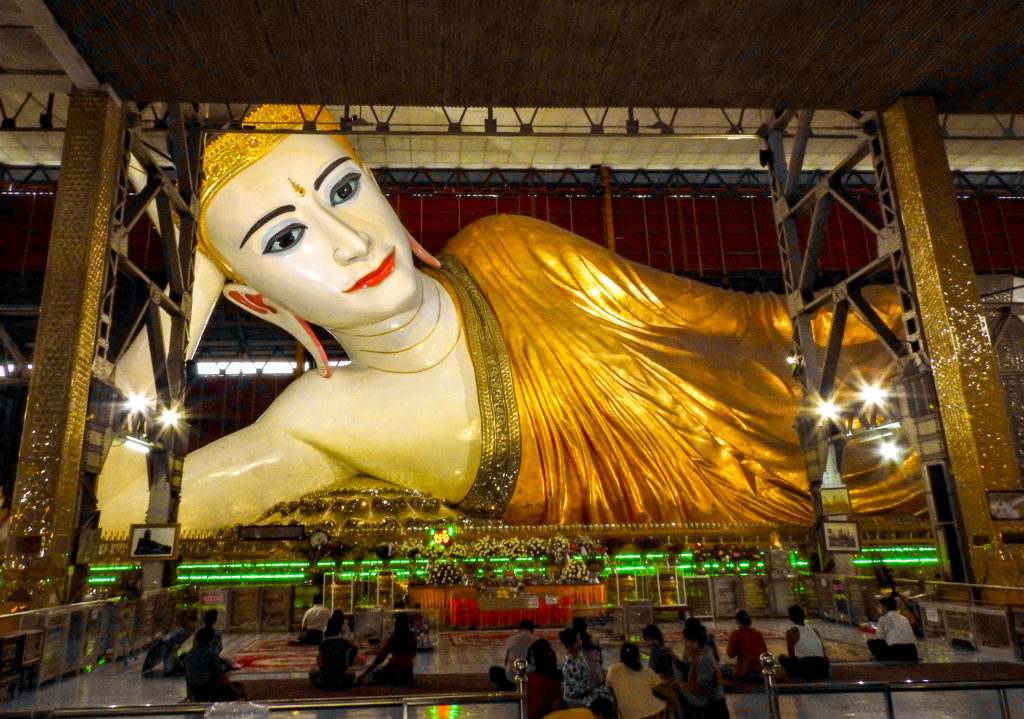
Chaukhtatgyi Buddha watches over the faithful
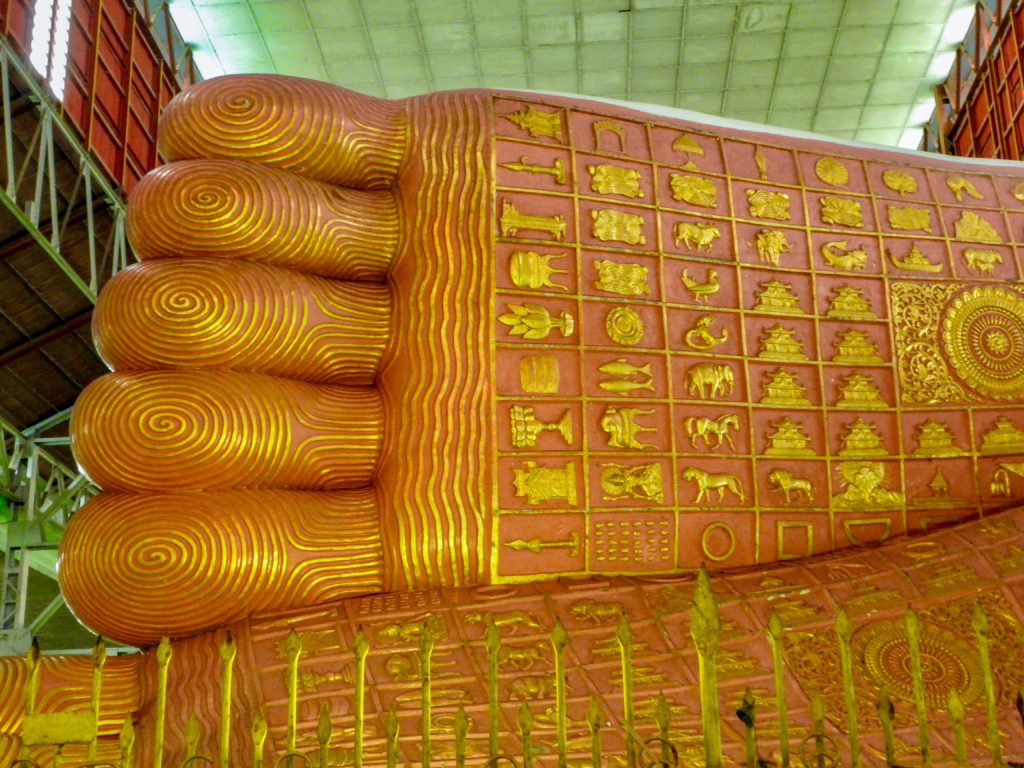
Buddha’s characteristics carved on the soles of the statue
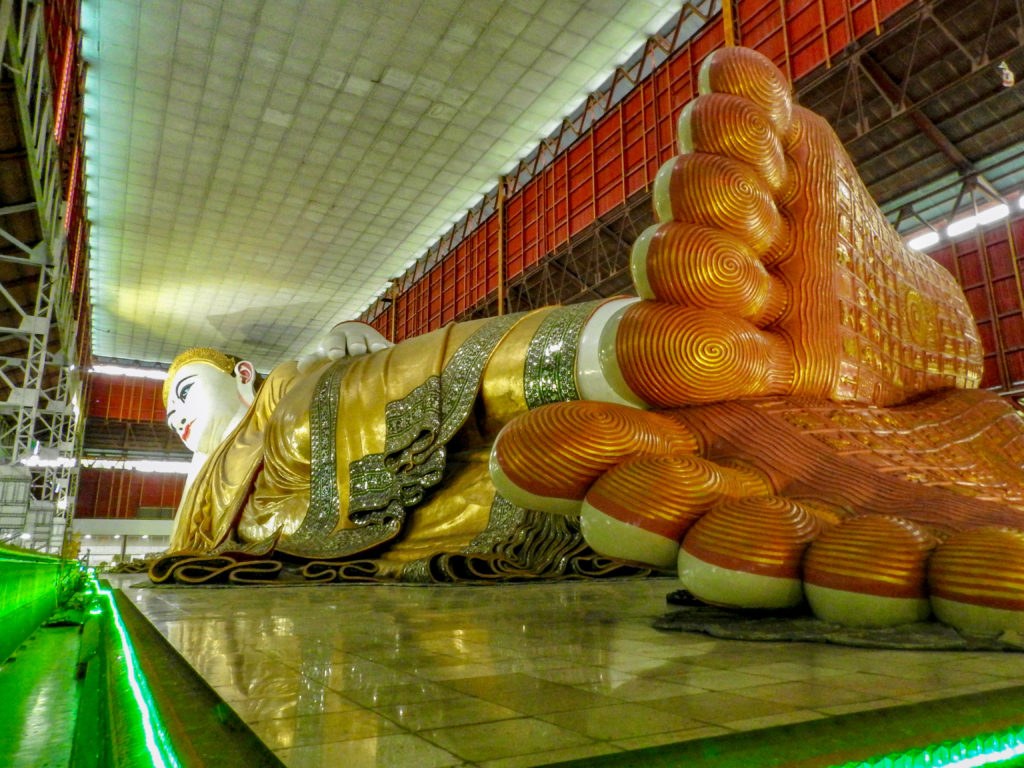
Reclining Buddha up close
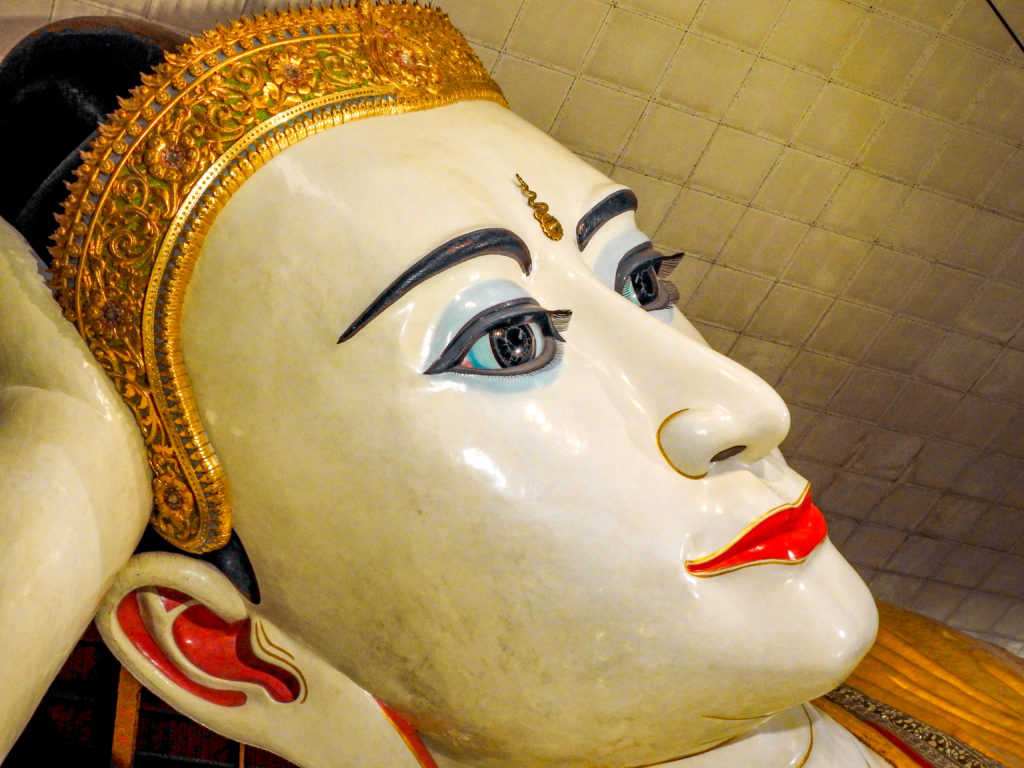
Striking facial features of Chaukhtatgyi Buddha statue
Shwedagon Pagoda
Myanmar is an intensely Buddhist country, with saffron robes clad monks a common sight, and numerous golden gilded pagodas sprinkled throughout Yangon. The most famous one is the Shwedagon (grand golden) pagoda that dominates the skyline, and whose 100m tall stupa can be seen from almost everywhere in the city. Shwedagon pagoda was built over 2600 years ago, and is said to house 8 strands of Gautam Buddhas hair, relics that he gifted to 2 visiting merchants from Myanmar. The octagonal shaped pagoda is plated with sheets of real gold, is decorated with thousands of gems and precious stones, and the top spire is mounted with a 76 carat diamond. The net effect is that the stupa’s surface shimmers in the daytime, and it is an even more stunning sight when fully lit up at night, living up to its grand golden title.
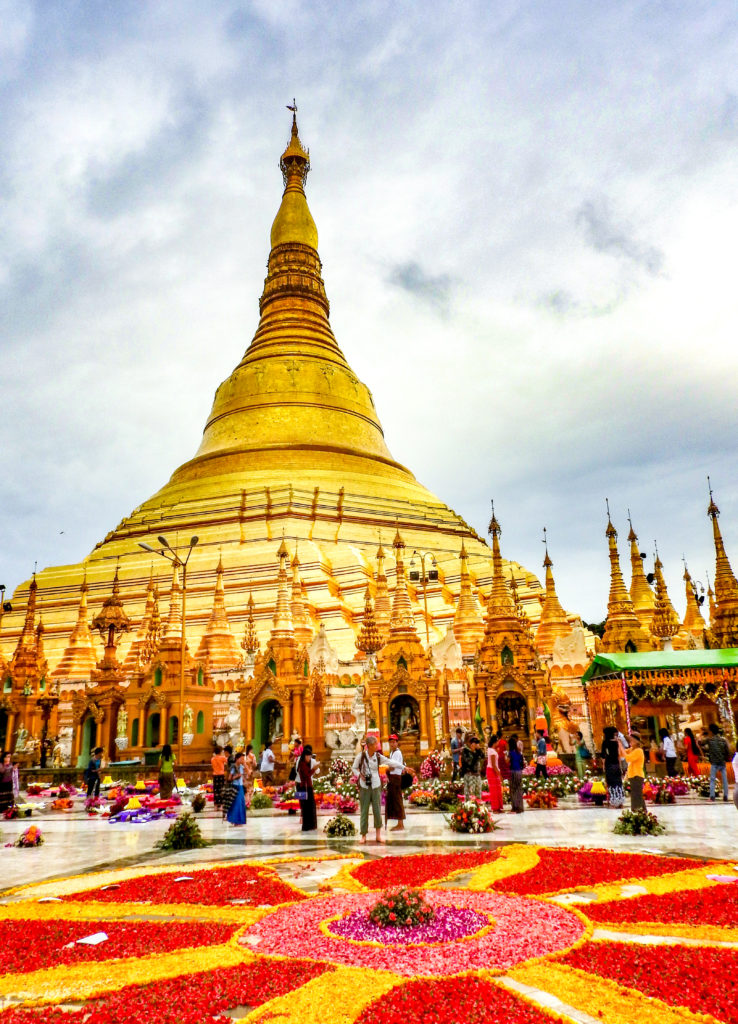
Gilded main stupa of Shwedagon Pagoda
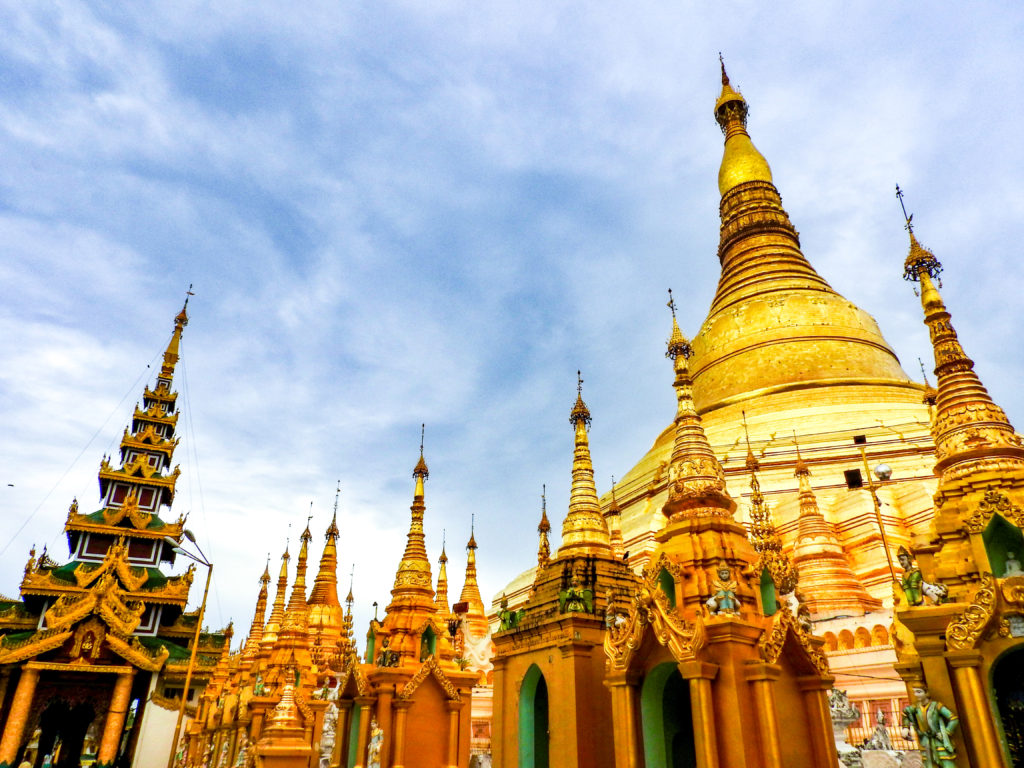
Shwedagon Pagoda

Golden spires surrounding the main stupa
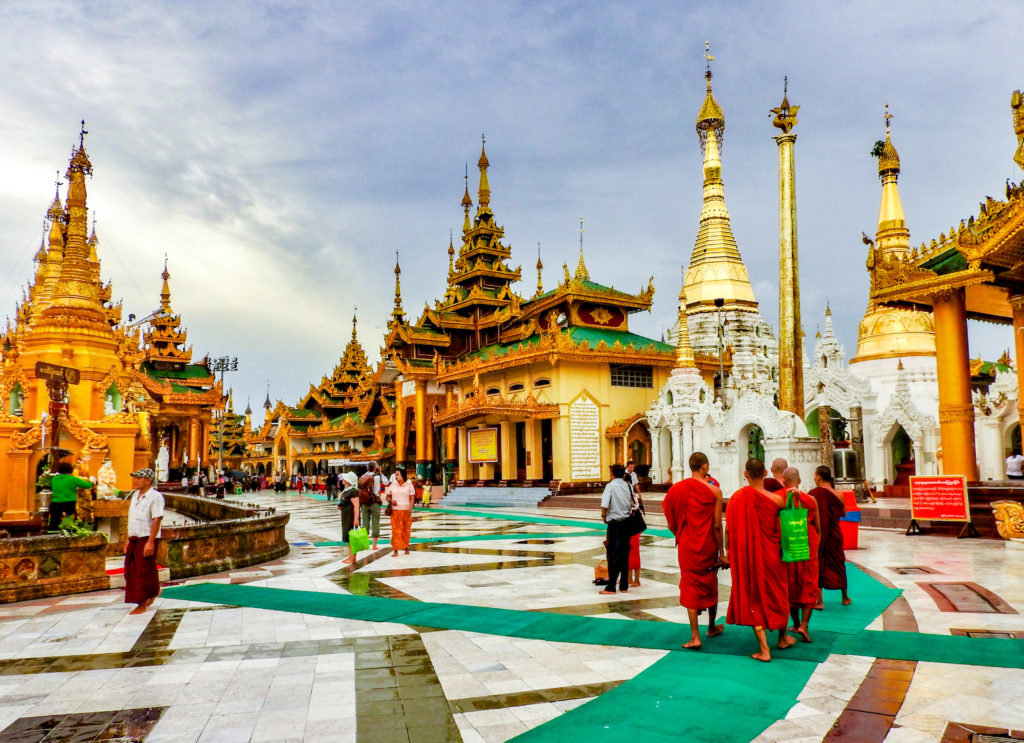
Monks, locals and tourists making their rounds of the pagoda
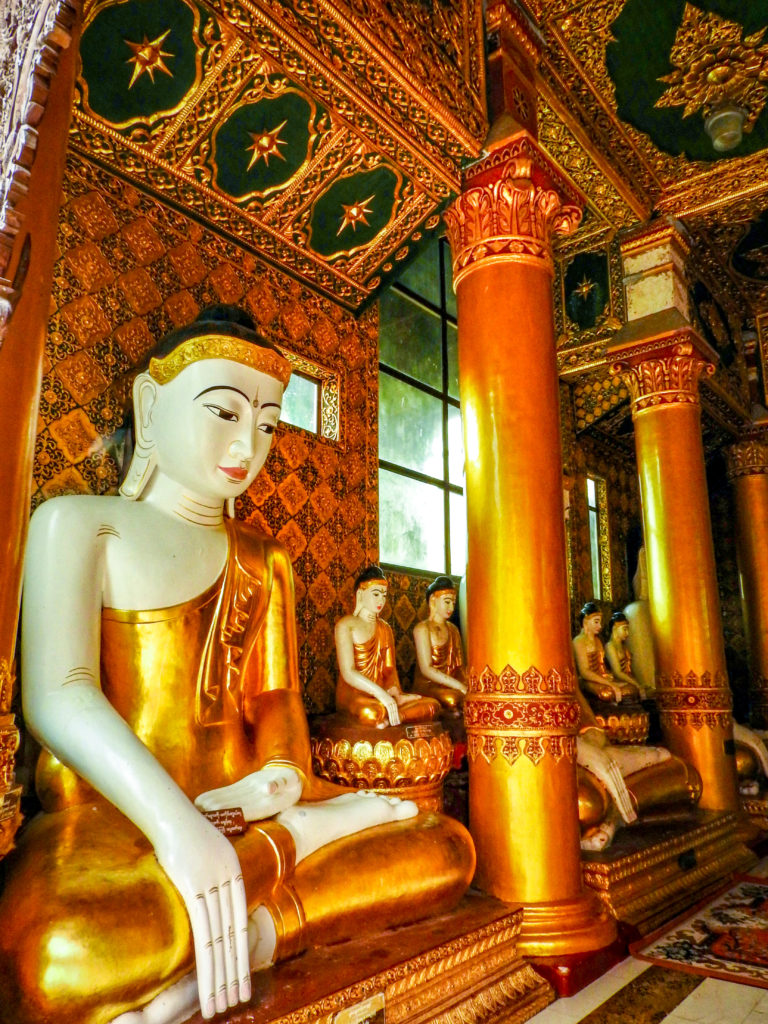
Buddha statues fill the numerous shrines in the pagoda complex
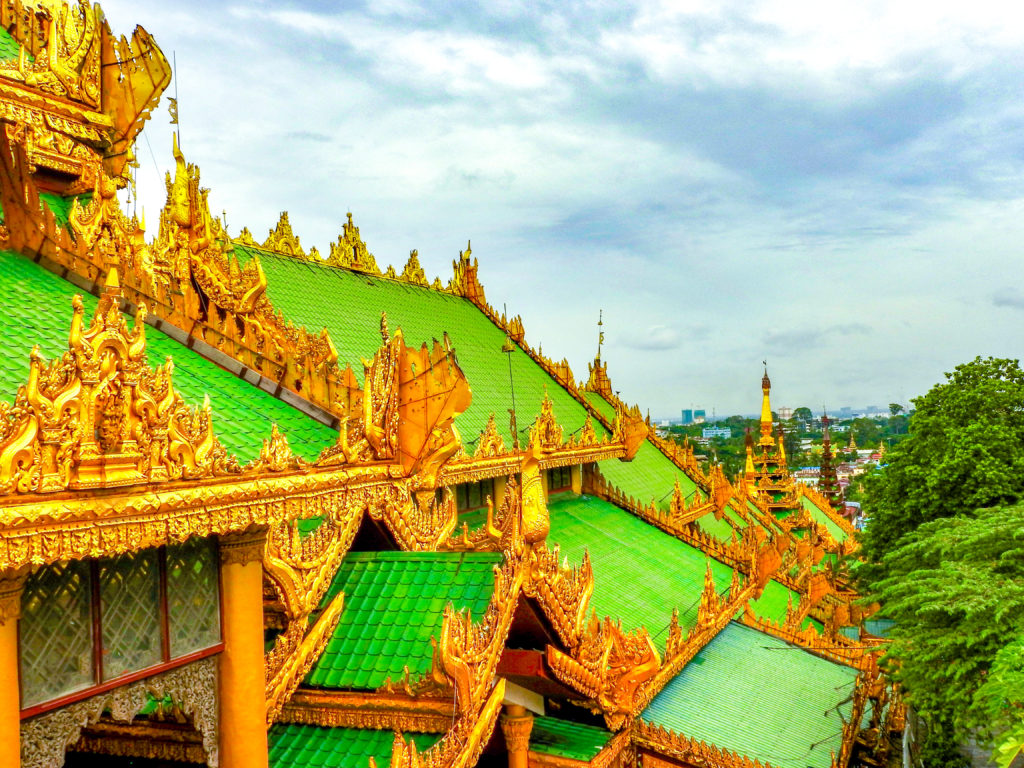
View of downtown Yangon from the pagoda complex

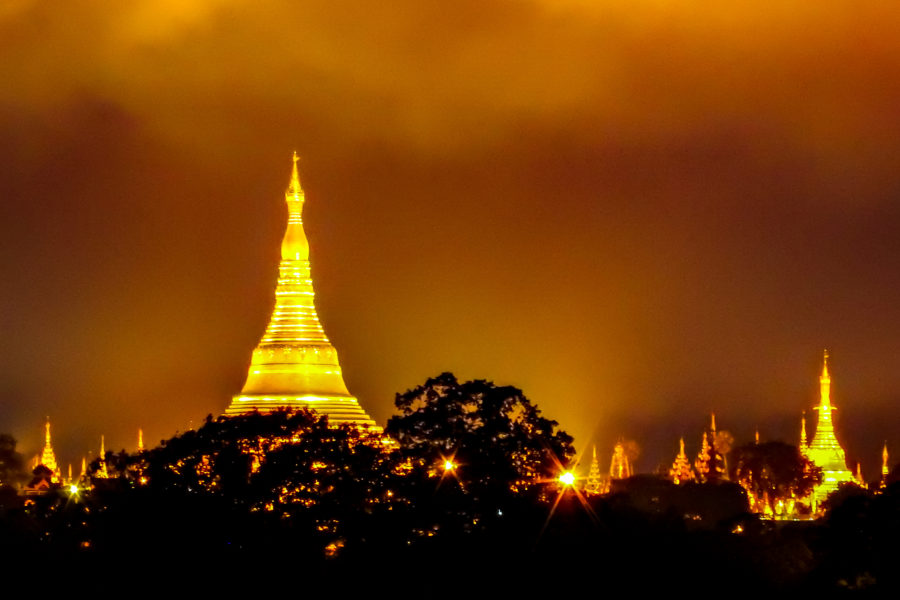
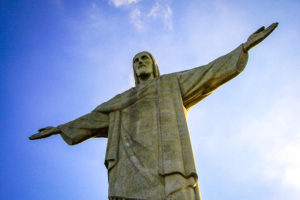
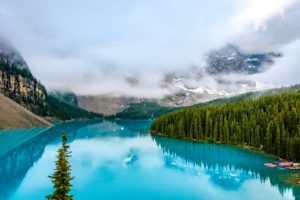
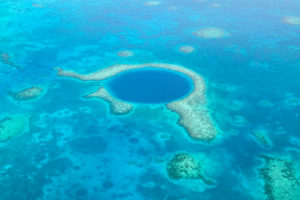




Leave a Reply
Please share your comments below!